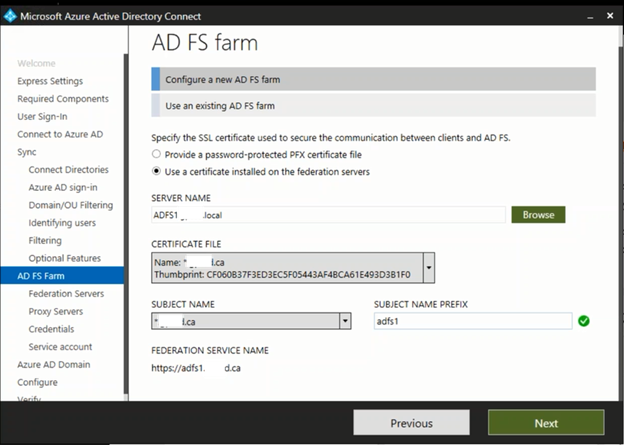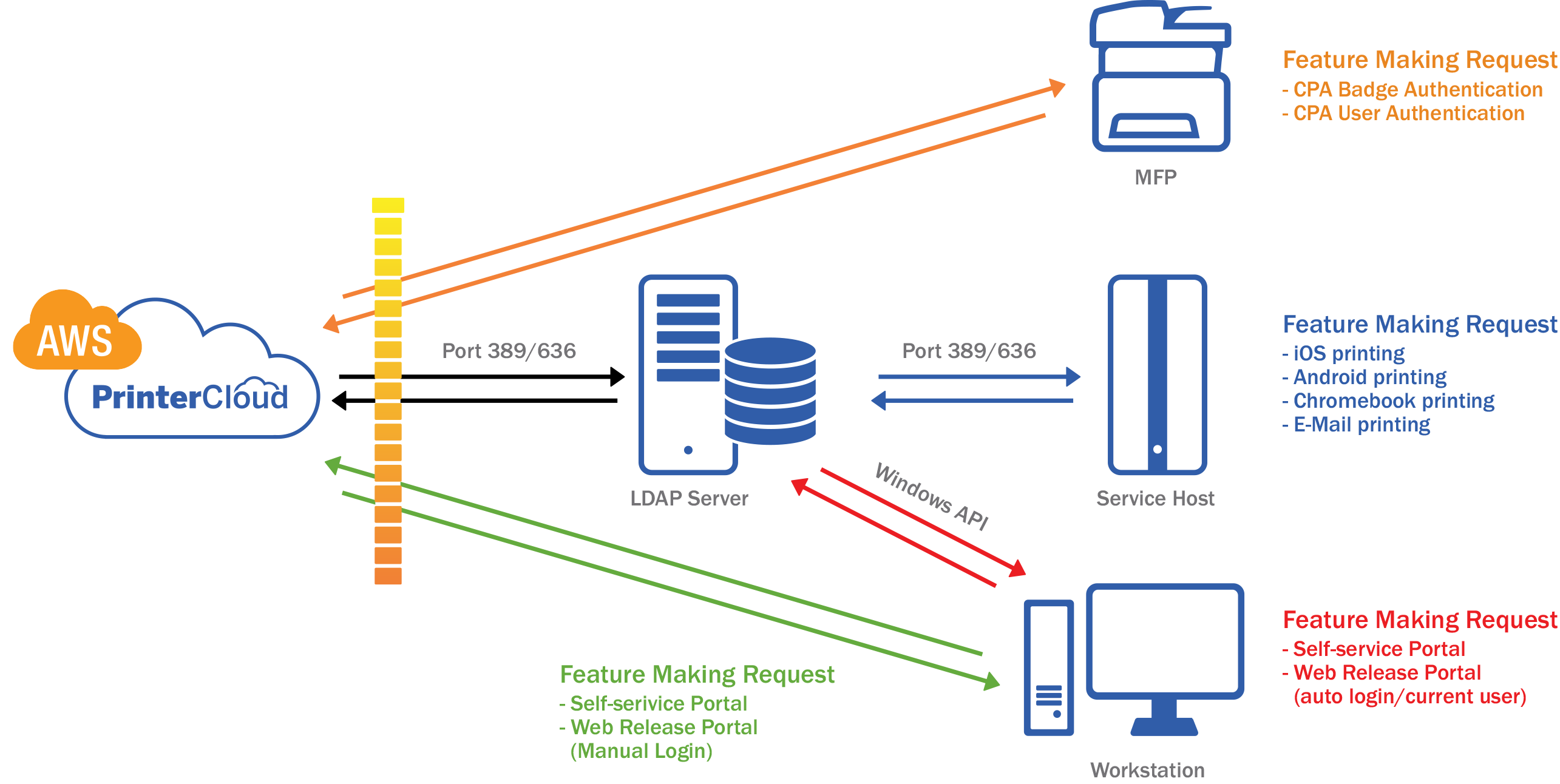Many IT admins are starting to think about how to migrate to Microsoft Azure Active Directory®. It’s an interesting issue because many IT organizations don’t realize that there isn’t a migration path from the legacy, on-prem Microsoft Active Directory to Azure AD. In fact, Microsoft’s strategy for the two Active Directory solutions is for both to exist side by side.In other words The Migration Path is There is No Migration PathThis may sound counterintuitive – and it very much is counterintuitive. The approach only really makes sense when you’re considering it from the perspective of Microsoft’s best interest.But you don’t have to take our word for it. We recommend reading about the relationship between Azure and Active Directory. The critical excerpt is quoted below:“Azure Active Directory is not designed to be the cloud version of Active Directory. It is not a domain controller or a directory in the cloud that will provide the exact same capabilities with AD.

It actually provides many more capabilities in a different way.“That’s why there is no actual “migration” path from Active Directory to Azure Active Directory. You can synchronize your on-premises directories (Active Directory or other) to Azure Active Directory but not migrate your computer accounts, group policies, OU etc.“As you can see Azure Active Directory is an identity and access management solution for hybrid or cloud-only implementations. It can extend the reach of your on-premises identities to any SaaS application hosted in any cloud. It can provide secure remote access to on-premises applications that you want to publish to external users.
- To connect to your Active Directory Domain Service, Azure AD Connect needs the forest name and credentials of an account with sufficient permissions. Click Add directory when you see mydomain.com. When prompted select the Use Existing AD account option. Use the account O365onpremsvc. Review the UPN domains (for us should just be mydomain.com).
- I'm in the process of migrating Azure AD Connect to a new server. I have installed and set up in what I believe to be an identical setup. When I compare current config on the old server to the staging server everything looks the same except on the production server password synchronization says it is disabled.
I will migrate Azure AD Connect to a new server for you. Review your current configuration of Azure AD Connect and export the current settings 2. Install Azure AD Connect on a new server (in staging mode) 3. Compare the settings between old and new instances 4. Perform the server switch (at a time of your choosing) 5.

Azure Ad Connect Auto Upgrade
It can be the center of your cross-organization collaboration by providing access for your partners to your resources. It provides identity management to your consumer-facing application by using social identity providers. Cloud app discovery, Multi-Factor Authentication, protection of your identities in the cloud, reporting of Sign-ins from possibly infected devices, leaked credentials report, user behavioral analysis are a few additional things that we couldn’t even imagine with the traditional Active Directory on-premises.“Even the recently announced are not a usual DC as a service that you could use to replicate your existing Active Directory implementation to the cloud. It is a stand-alone service that can offer domain services to your Azure VMs and your directory-aware applications if you decide to move them to Azure infrastructure services.
But with no replication to any other on-premises or cloud (in a VM) domain controller.“If you want to migrate your domain controllers in the cloud to use them for traditional task you could deploy domain controllers in Azure Virtual Machines and replicate via VPN.“So to conclude, if you would like to extend the reach of your identities to the cloud you can start by synchronizing your Active Directory to Azure AD.” Migrate from Active Directory via JumpCloud®If you can’t migrate to Azure AD,? The choice is to leverage a cloud directory service called ®. This modern IDaaS platform is changing the game for IT organizations. Specifically, the unlocks IT’s ability to choose the right solutions for their team rather than be as you are with AD.Directory-as-a-Service securely manages and connects user identities to the IT resources those user’s need.
That can include, web and on-prem applications, and WiFi network infrastructure. Also, the integrates seamlessly with major cloud providers, such as, and, among others. In addition to authentication capabilities, Directory-as-a-Service manages systems with and provides a number of security features, including. Let Us Guide You Through AD Cloud MigrationYou can watch the video above to see a step-by-step walkthrough of how to migrate from Active Directory to JumpCloud’s cloud-based directory.That said, you may have specific questions about your infrastructure and what role Azure could play. If you want answers about how to migrate to Azure Active Directory,.
Alternatively, if you are. Many IT organizations are choosing JumpCloud as an.
Your first 10 users are free forever.
Azure Ad Connect Sync

Migrate Azure Ad Connect To New Server Mac
Do you mean the “old AD” is on-premise AD? In some ways, Windows Azure AD is an extension of the on-premise Active Directory, but not all features available in Azure AD. Azure AD does have a domain name, it does contain users and groups. It contains Service Principals, like on-premise AD, that represent applications. But there is no tree of domains, no trusts between domains or forests. Indeed there are no forests, no Group Policy, no OUs.If you want to create OU, please try Azure AD Domain Services which supports to create custom Organizational Units and group policy in some limited way.